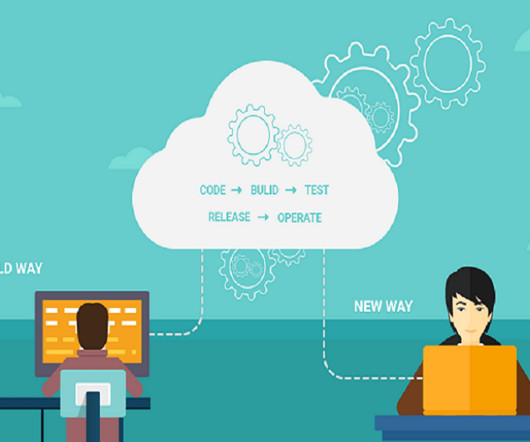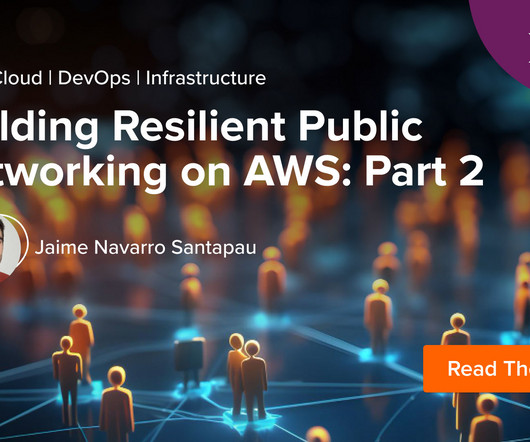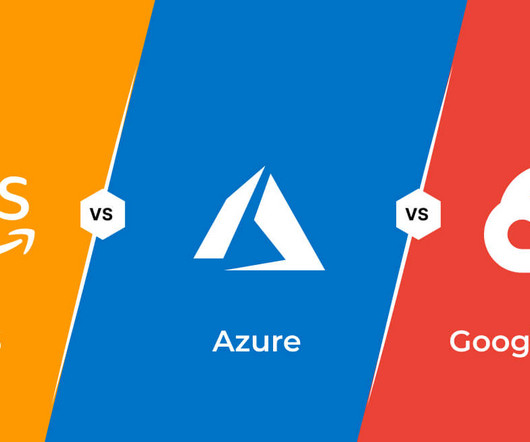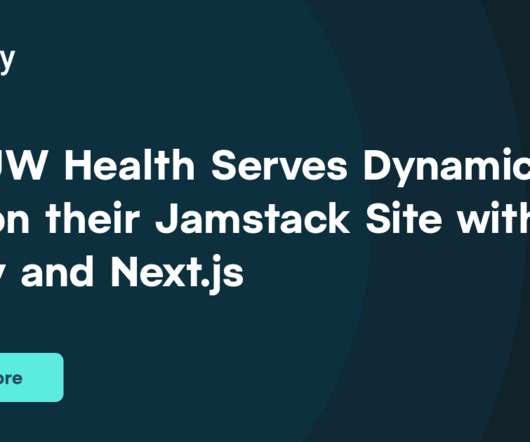Important Practices for DevOps in the Cloud
OTS Solutions
SEPTEMBER 5, 2023
Here Are The Important Practices for DevOps in the Cloud Cloud computing and DevOps are two aspects of the technological shift which are completely inseparable. The biggest challenge in dealing with the two is that IT professionals practicing DevOps development in the cloud make too many mistakes that are easily avoidable.
























Let's personalize your content